I thought I found the perfect cheap ski helmet headphones — but they let me down at the worst possible time
How I got duped by a 'dupe'
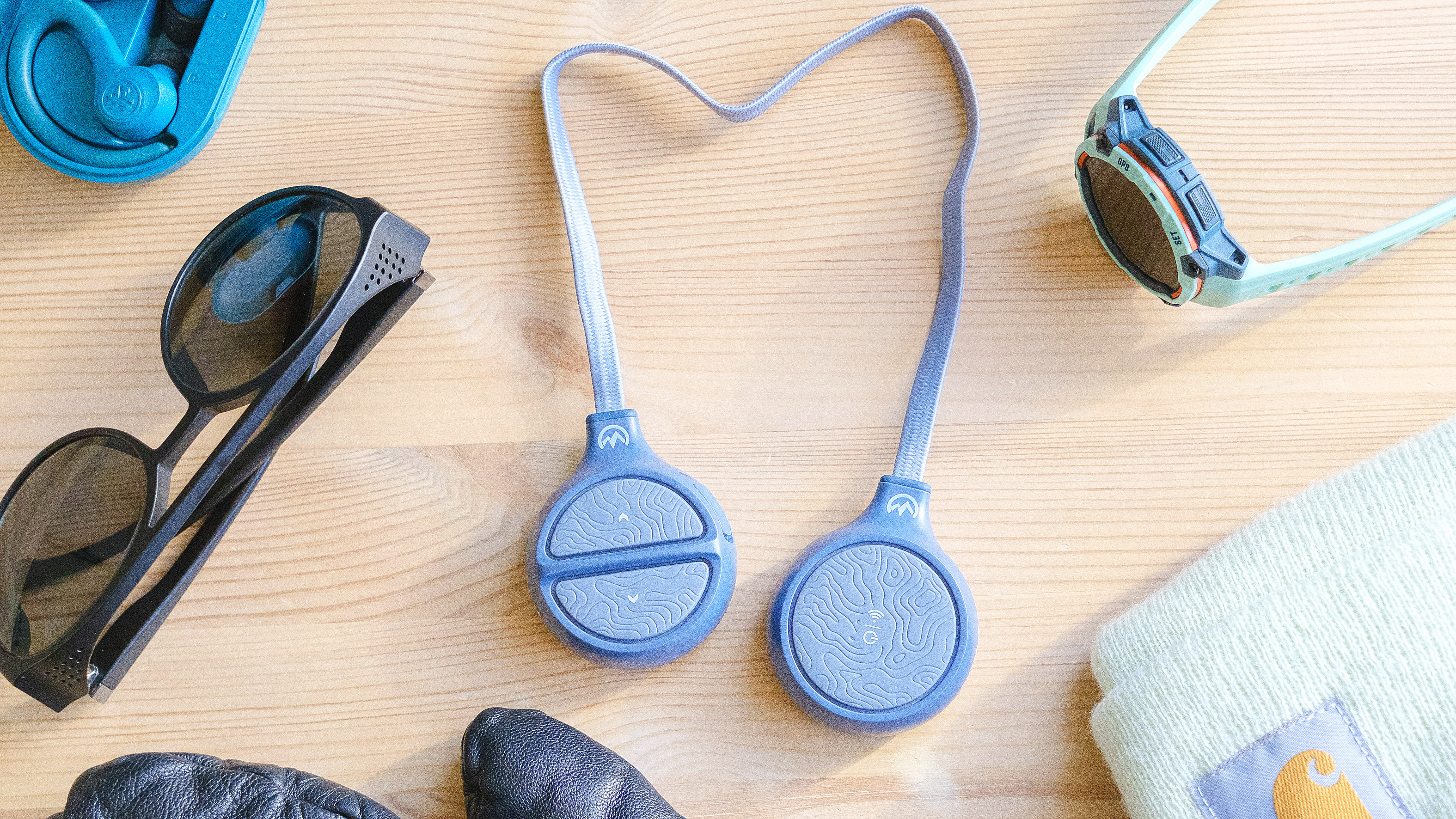
I should’ve known better. Despite over 15 years of experience writing consumer tech buying advice, I did something stupid. Instead of listening to the experts in the field —and my gut — I ended up with a lemon of a product. Worse: It let me down at the worst possible time.
It all started in early December. With projections for a cold, wet winter in North America, I was in the midst of mentally and physically preparing for an epic snowboarding season when, while assessing the state of my gear and accessories, I went down a rabbit hole researching audio solutions for skiers and boarders.
I love jamming to tunes while I shred and a cheap pair of JLab Go Air Sport earbuds served me reasonably well last season. However, this season, I felt ready to upgrade to something more advanced.
My biggest complaint about the JLabs — and this applies to all earbuds worn under a helmet while skiing — is that it’s annoying to start and stop audio without taking my hands out of my gloves and digging around under the ear pads.
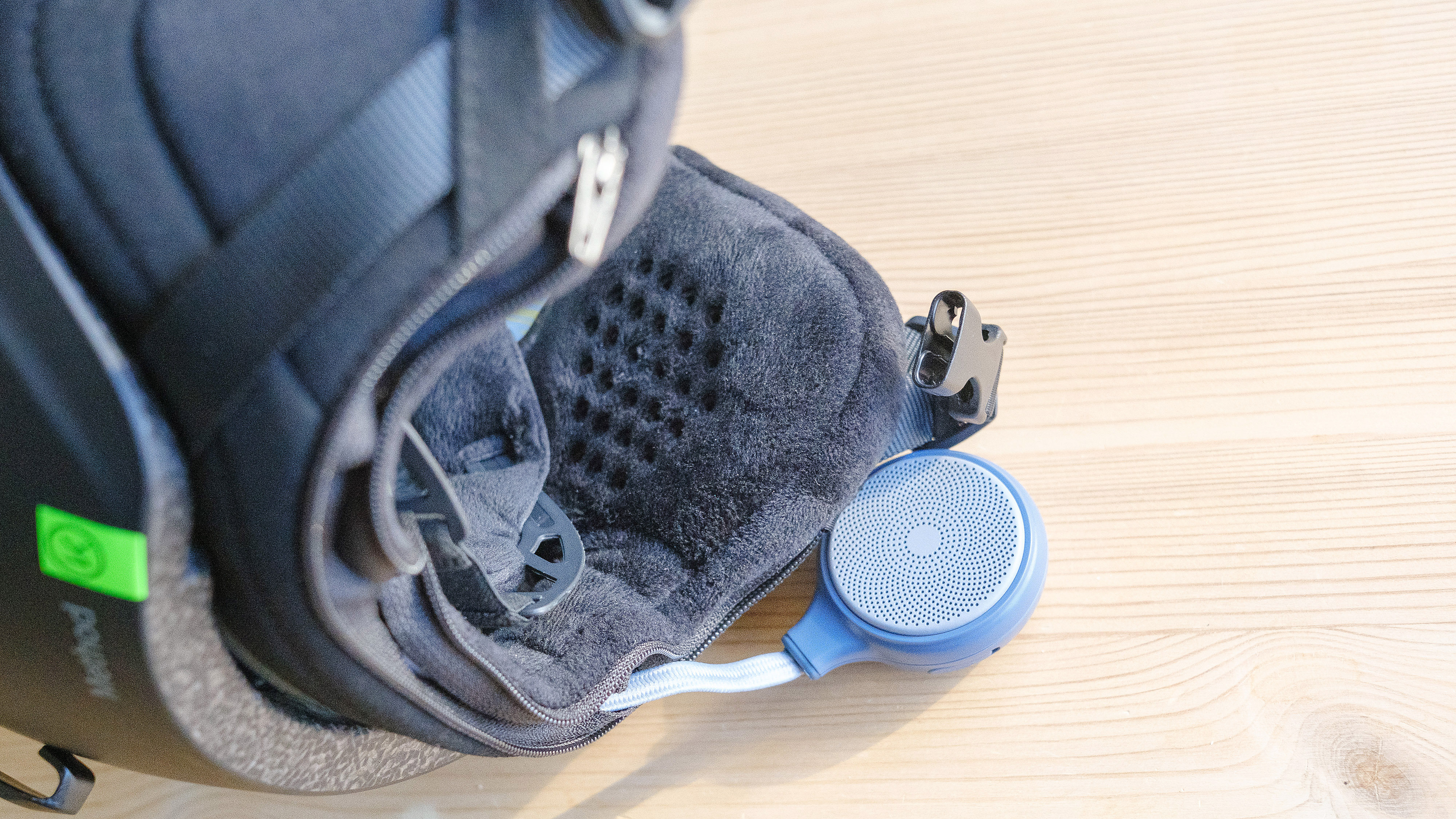
Fortunately, one of the key features of the new Smith Methods MIPS helmet I’m testing is a zippered compartment for wireless headphones hidden within the rear padding (see image above).
Smith isn’t the only brand that makes helmets that can accommodate wireless earphones; most major manufacturers offer models that support the accessory. Likewise, numerous brands make helmet-based audio solutions for skiers and boarders.
Two of the most popular options are the Outdoor Tech Chips 3.0 and the Wildhorn Alta headphones, and they share a fairly similar design: two small hockey puck-like speakers connected by a cable. Users simply slide one of the pucks into either ear pad on their helmet, tuck in the cable and zip the padding shut.
What I like about both of these options is that they each sport oversized button controls that can be activated by pressing the side of your ear without taking off a glove, with no need to expose your fingers to the cold. They also promise enough battery for a full day of riding.
While not bank-breaking, Chips 3.0 headphones start at $129 and the Alta’s start at $109. This was more than I wanted to spend on a style of headphone I’d never tried before. The JLabs set me back a whopping $29, which was much closer to what I was willing to part with for a set of helmet-specific headphones.
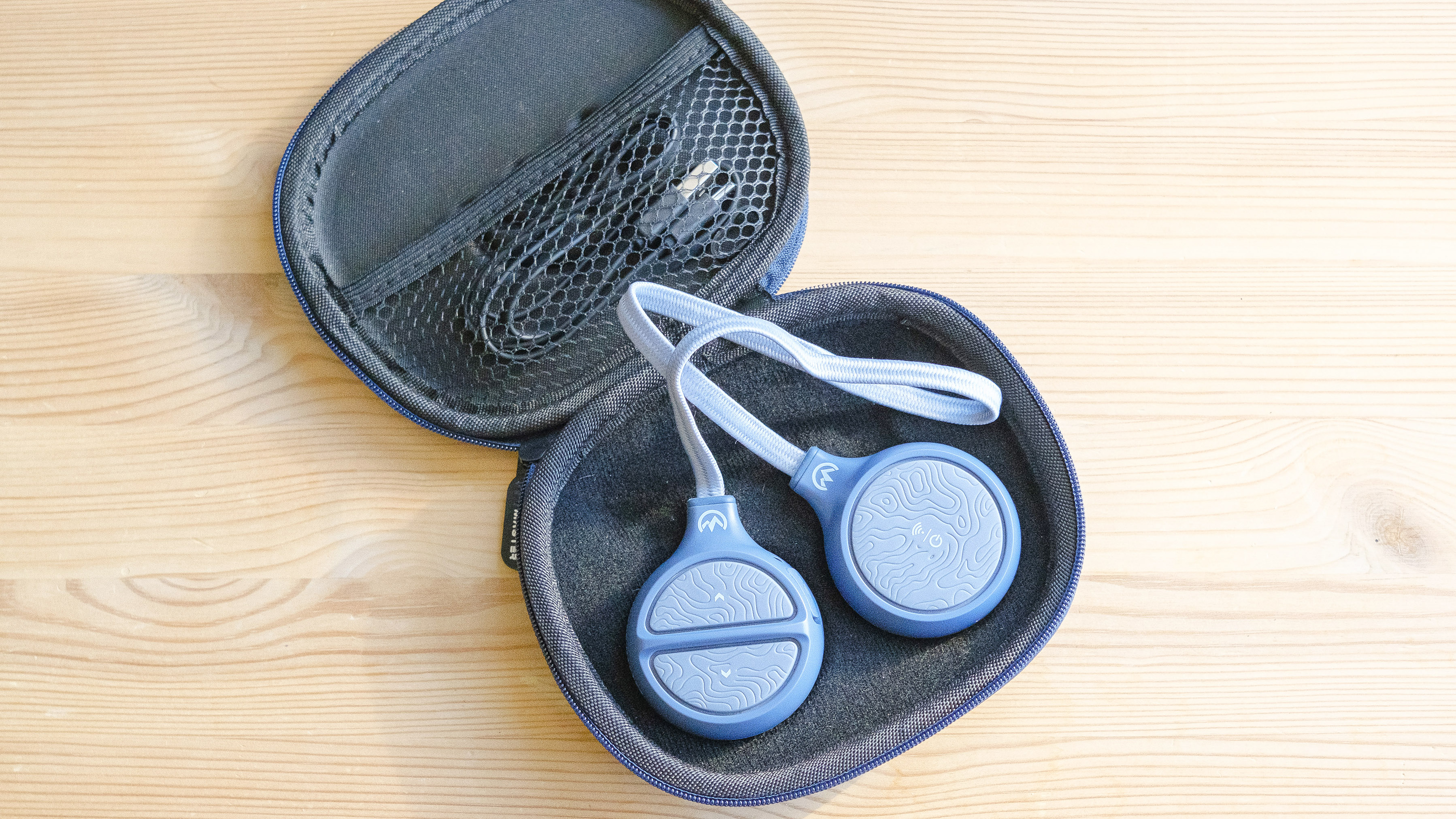
And so, like a fool, I decided to ignore my better judgment, not to mention, numerous reviews from audio experts and feedback from fellow (seemingly) knowledgeable winter sports enthusiasts. With a series of Amazon tabs open, I began my mad — and ultimately, cursed — search for a budget-friendly alternative to the Chips and Altas. A 'dupe,' if you will. That’s when I found them, OutdoorMaster 'Helmet Drop-in Headphones'.
Priced at a more reasonable $65 — with a $10-off coupon to boot — I was immediately drawn to the product’s near-identical look to the higher-end options. The specs were also nearly as impressive. The OutdoorMasters promise an IP45 sweat-resistance rating, a temperature rating down to -4 degrees Fahrenheit, up to 15 hours of playback, oversized controls, and a manageable weight of just under six ounces.
Two days later, once in hand, I felt confident in my purchase; the OutdoorMasters seemed solidly constructed with attractive design details I hadn't noticed in the photos. The inclusion of a classy faux leather case added to my initial positive impression. A quick test confirmed that all features functioned as they should and pairing took a mere two seconds.
It took a few hours to fully charge them up before the battery light switched from red to white. Once juiced, I zipped them into my helmet and placed it on my head. A long-press on the one puck turns them on and gets the jams flowing. The other puck has two buttons for volume and song control. I dialed in my favorite Yo La Tengo record and closed my eyes.
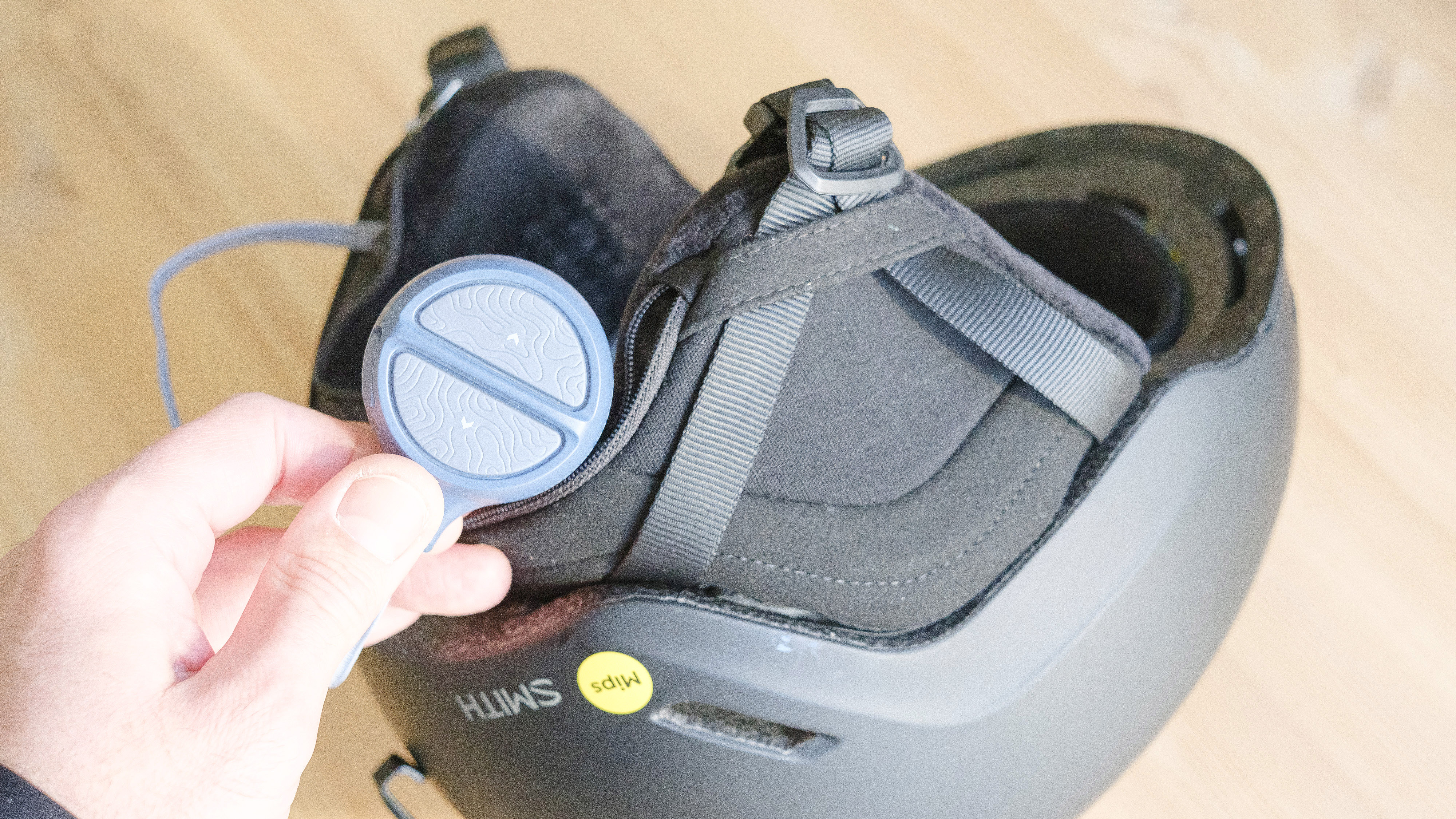
The audio quality from the OutdoorMaster wireless ski headphones is nothing to write home about but it definitely gets loud enough to hear over the whoosh of alpine winds, something I noted during my first official mountain test using them.
In fact, I had no issues bumping the beats all day the first time I took them out riding at my local mountain here in Seattle, Washington: Stevens Pass. However, things took a drastic turn a month later, while riding at my favorite place in the world (so far).
For those unfamiliar with North American skiing, one of the most notable, standout, crème de la crème resorts we have is Whistler Blackcomb (it was also the site of the 2010 Winter Olympics). With 37 lifts, two mountains, and over 8,000 acres of terrain, it’s a truly epic place to ride and explore.
Living a reasonably short distance away, in recent years, my partner and I have made it a tradition to drive up to Whistler for a stretch around the start of the new year. This is something I begin to look forward to as soon as the days start getting noticeably shorter, generally toward the end of August.
This year, Mother Nature blessed us with adequate snowpack and a forecast with nothing but sunny skies. I was stoked. With my snowboard freshly waxed, my outerwear waterproofed like a pro and my Garmin Instinct 3 charged up and ready to record, we split for the border.

The next day, I was standing at 6,100 feet above sea level, taking in the splendor of British Columbia’s Fitzsimmons Range under crystal clear skies when I held the side of my ear pad to fire up the tunes, then.... nothing. "Maybe I didn’t push it down enough?" I tried again. Still nothing.
"What’s the deal?" My partner shouted from 20 feet down the slope. "I’m having audio issues!" She sighed as I waved her to get a start without me. I sat down in frustration, took my helmet off, and unzipped the rear padding. With the gloves off and fingers tingling with impending frostbite, I attempted to diagnose the issue.
Unfortunately, no combination of button holding or pressing seemed the change the fact that the OutdoorMasters were utterly unresponsive. "What gives?" I’d plugged them in the night before and ensured the battery charge light was white before unplugging them in the morning and installing them in my helmet. To make matters worse, I'd left my trusty back JLabs at home because of how well things went with the OutdoorMasters during my first riding session.
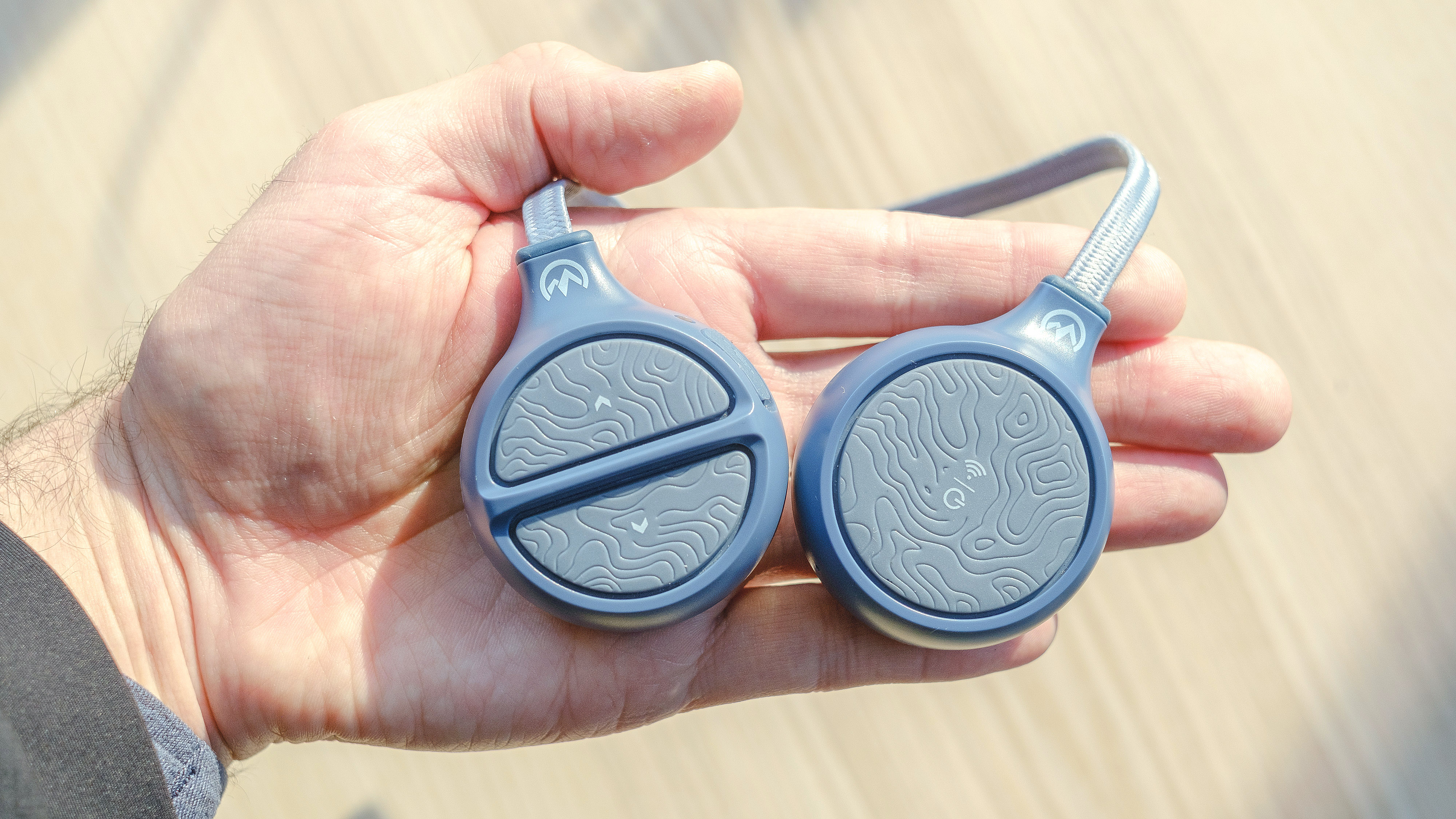
I had no choice but to give up on audio that day and make the most of the situation… which was far from terrible. In fact, it ended up being one of the best days of riding I’ve ever had in my life, with over 22,000 feet of vertical covered and lots of tasty turns.
Once back in my hotel room some hours later, I again inspected the Outdoor Masters, attempting to turn them beside the buzz of an electric fireplace to no avail. Oddly, I noticed that the red charge light was illuminated, something that only appeared before while they were charging. Could this be a battery issue? Curious, I popped in the USB-C chord and waited. Several minutes later the light turned to white and I unplugged it.
It was at this point, that I tossed them aside and helped myself to a cold beverage.
Now the battery light was off. I held the power button for three seconds and sure enough, the OutdoorMasters fired right up. It was at this point, that I tossed them aside and helped myself to a cold beverage.

Once back Stateside, I ultimately felt unconfident in the OutdoorMaster's ability to perform when needed most (on "blue bird" days). So, I decided to return them and put the refunds toward one of the models I should’ve bought in the first place. Unfortunately, by that point, I was two weeks outside of the return period. As a result, I'm presently stuck with a pair of unreliable hockey puck speakers.
The moral of my tale is to think twice before buying that half-priced ‘dupe’ with seemingly all the same specs and design as the original model.
The moral of my tale is to think twice before buying that half-priced "dupe" with seemingly all the same specs and design as the original model because, down the road, the choice could put a damper on your best day ever.
I avoided that fate thanks to some primo mountain conditions. However, now, instead of being out a little over $100 for a working ski helmet audio solution, I’m going to be down well over $150.
On the topic, can I interest anyone in some lightly used audio gear? No givebacks.
More from Tom's Guide:
Sign up to get the BEST of Tom's Guide direct to your inbox.
Get instant access to breaking news, the hottest reviews, great deals and helpful tips.

Dan Bracaglia is the Tom’s Guide editorial lead for all things smartwatches, fitness trackers and outdoor gear. With 15 years of experience as a consumer technology journalist testing everything from Oura Rings to instant cameras, Dan is deeply passionate about helping readers save money and make informed purchasing decisions. In the past year alone, Dan has assessed major product releases from the likes of Apple, Garmin, Google, Samsung, Polar and many others.
An avid outdoor adventurer, Dan is based in the U.S. Pacific Northwest where he takes advantage of the beautiful surroundings every chance he gets. A lover of kayaking, hiking, swimming, biking, snowboarding and exploring, he also makes every effort to combine his day job with his passions. When not assessing the sleep tracking and heart rate accuracy of the latest tach gadgets, you can find him photographing Seattle’s vibrant underground music community.
You must confirm your public display name before commenting
Please logout and then login again, you will then be prompted to enter your display name.
